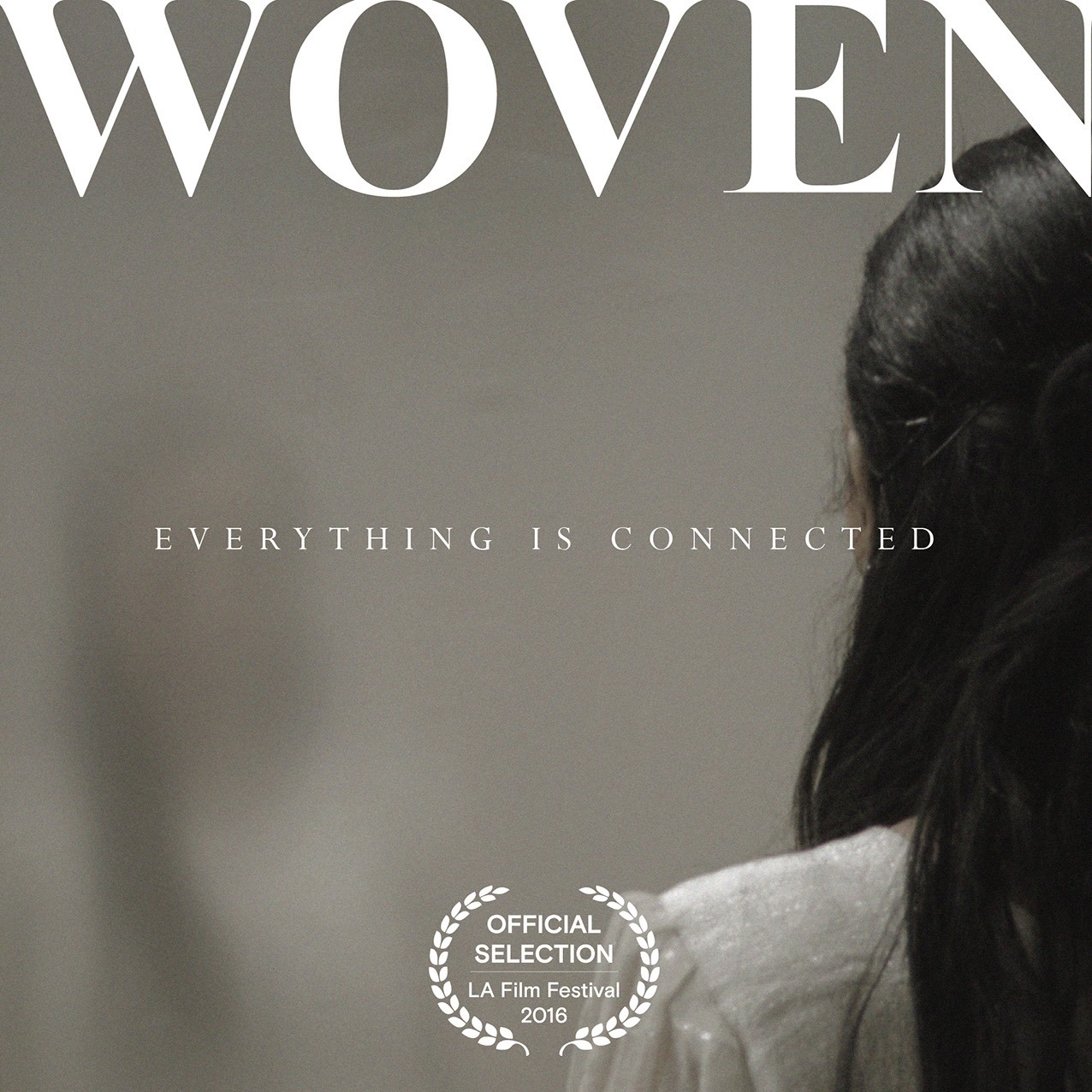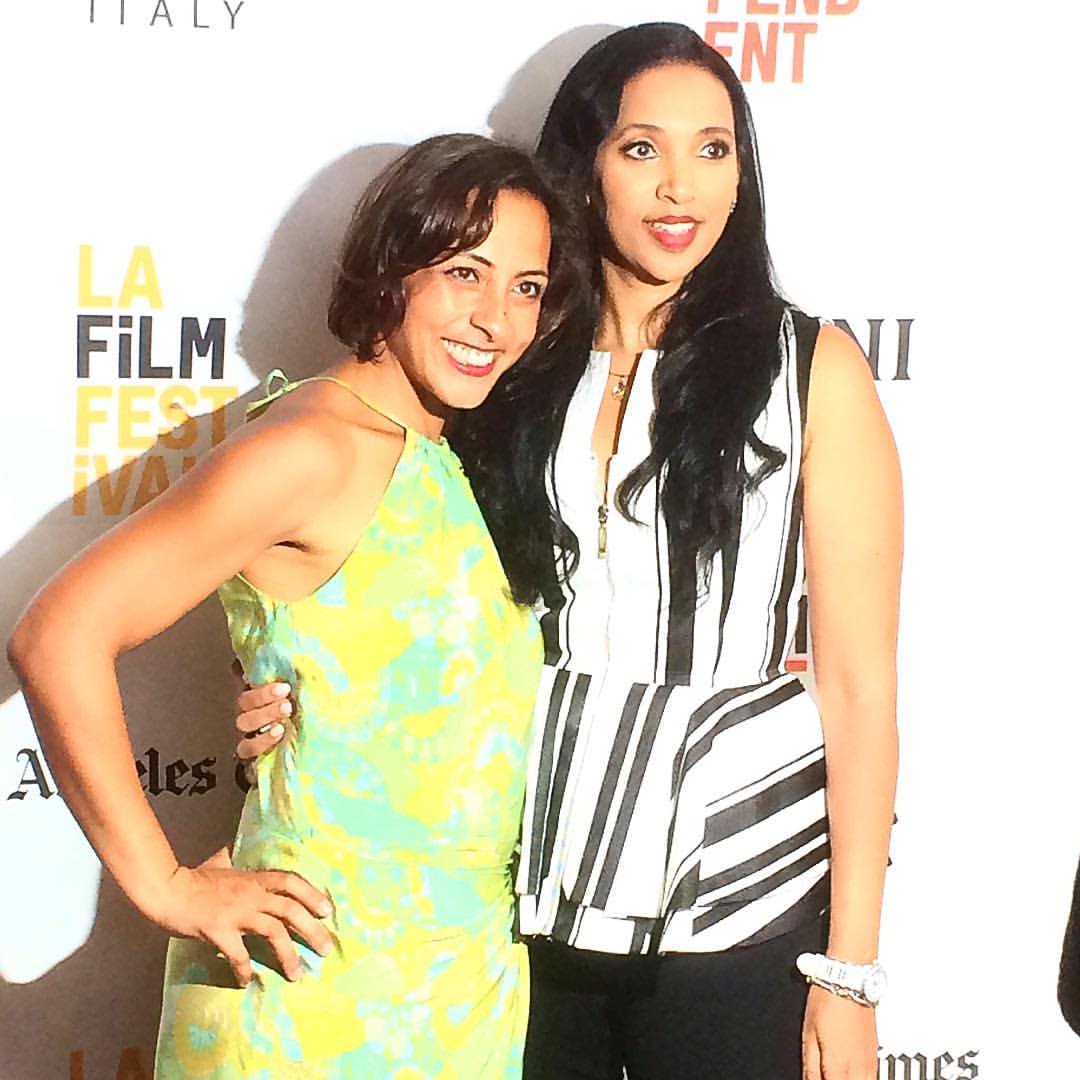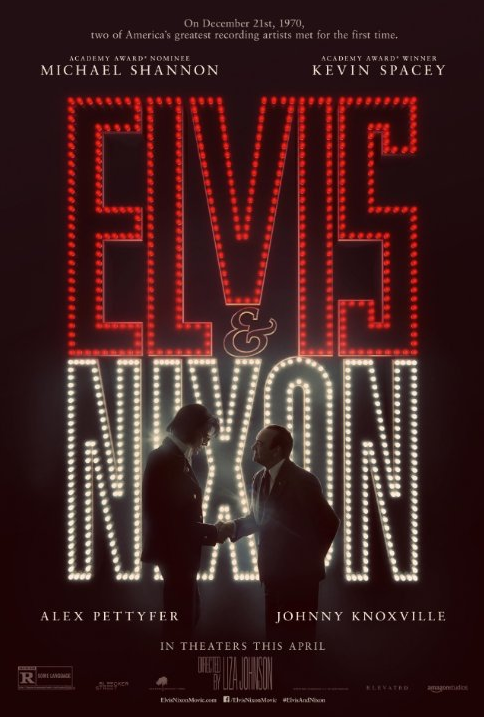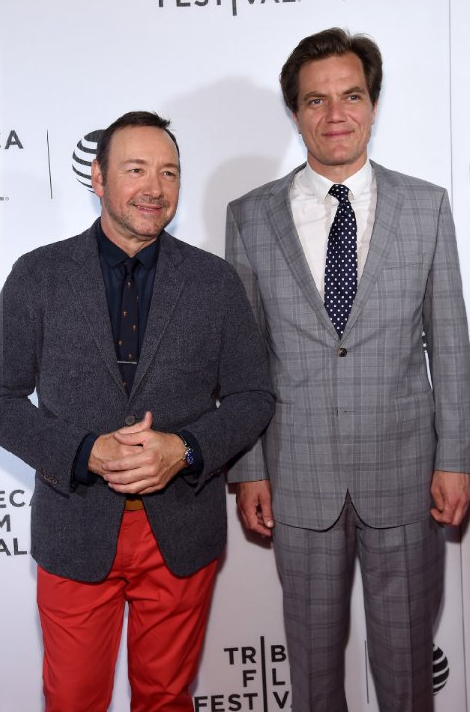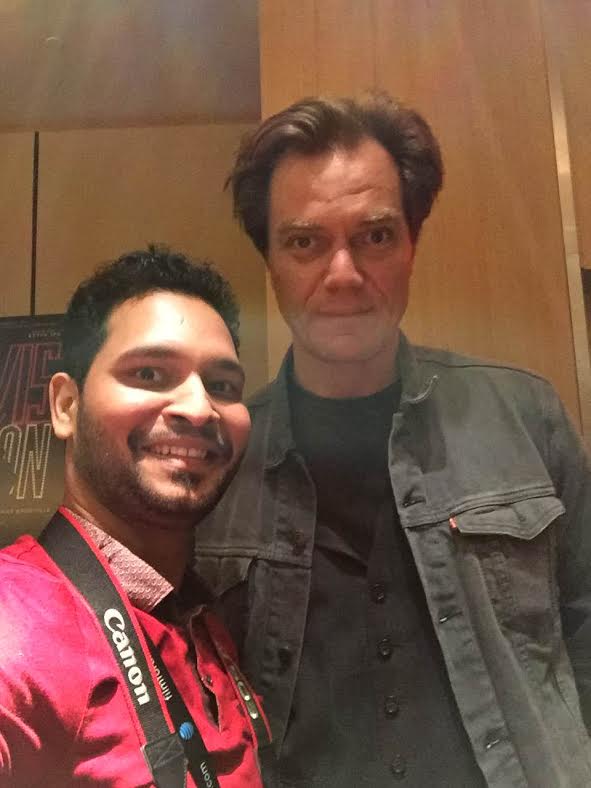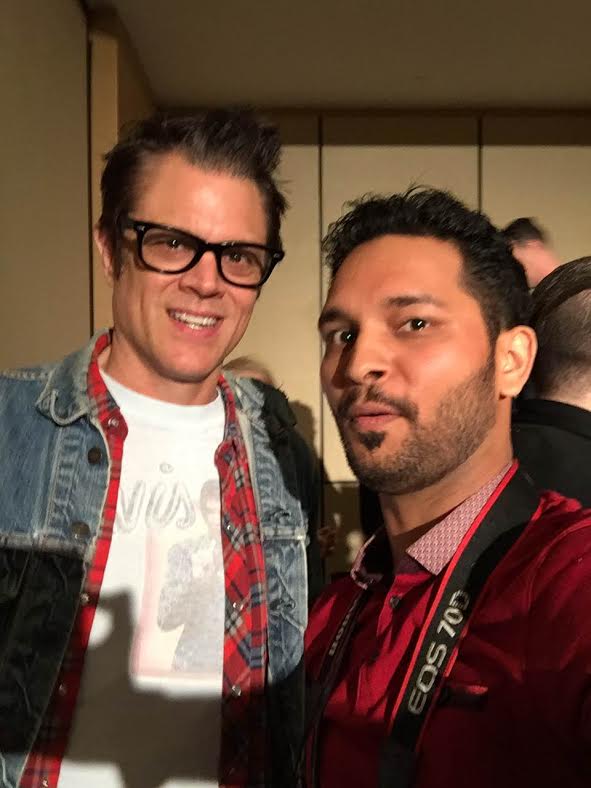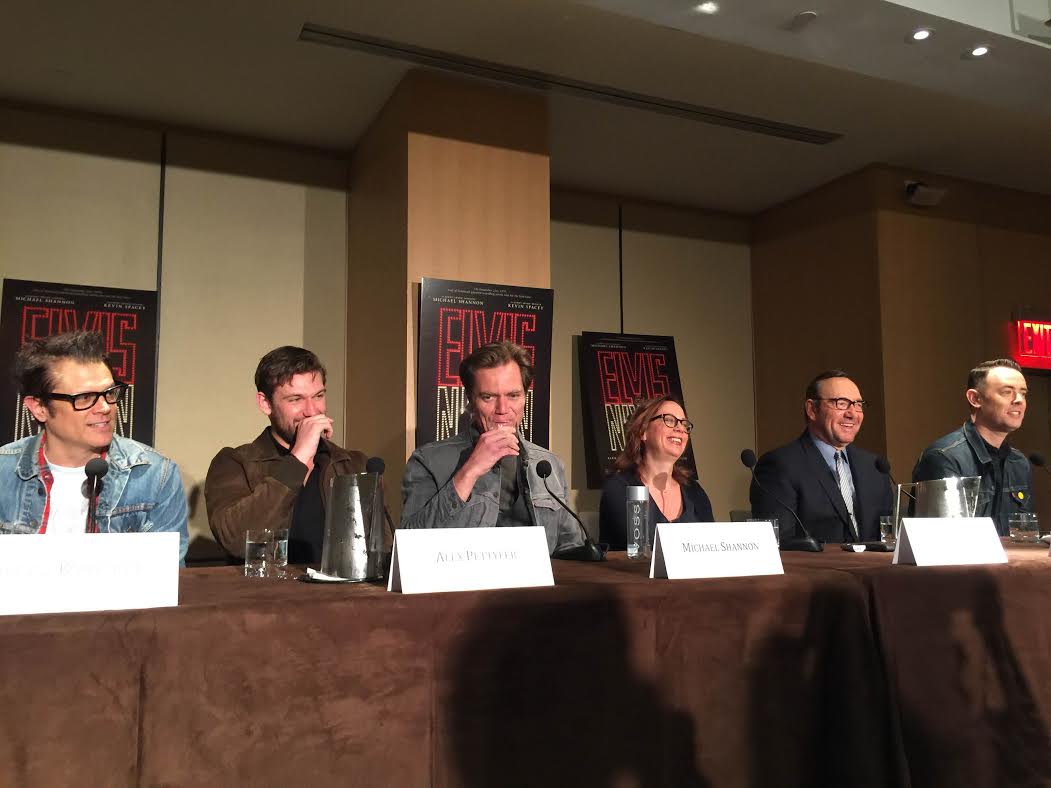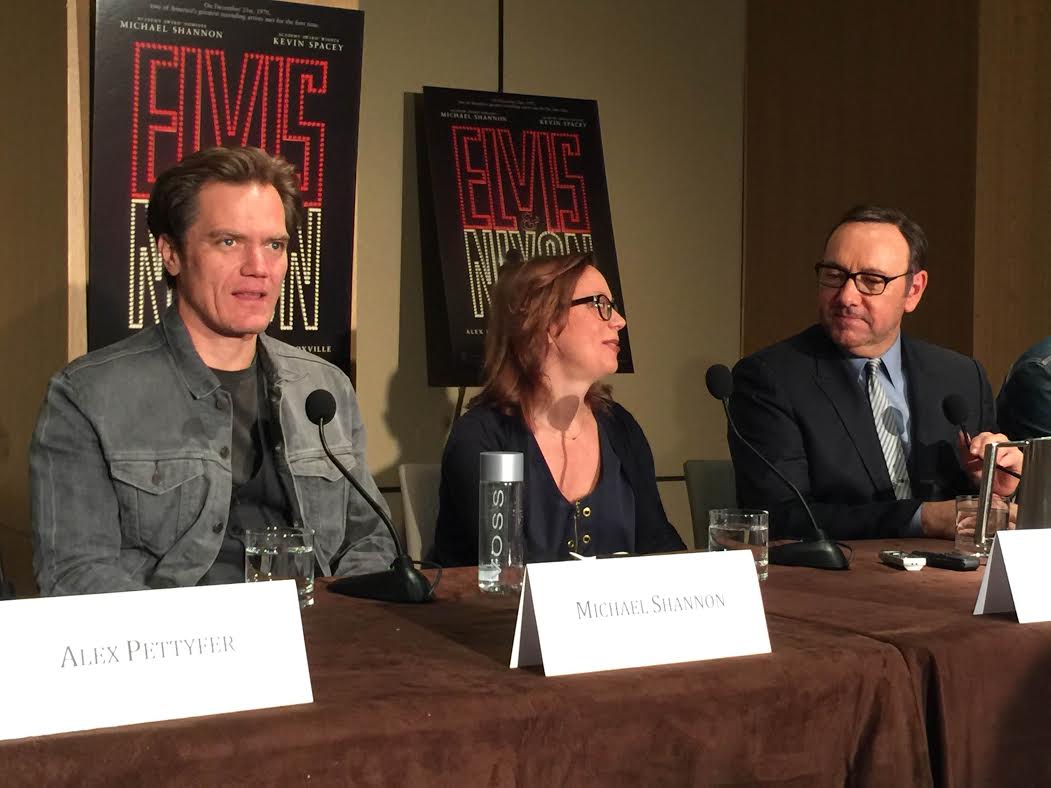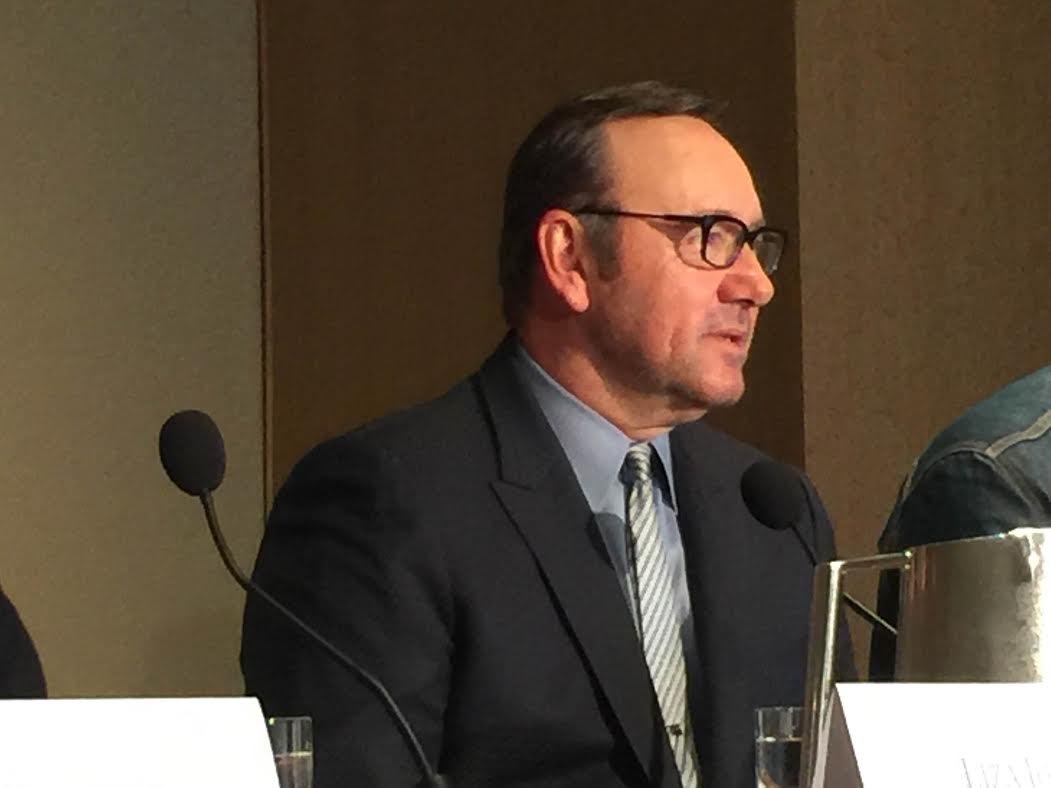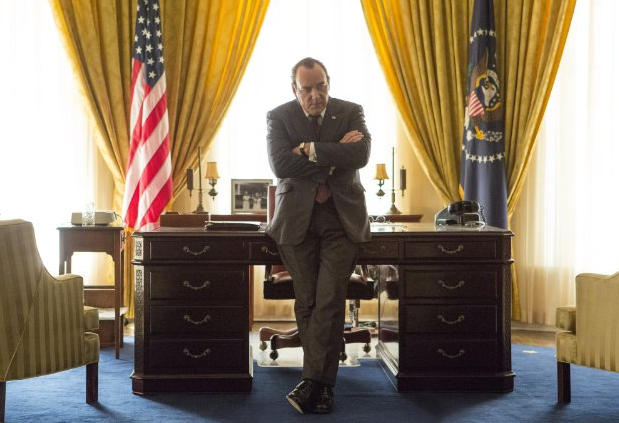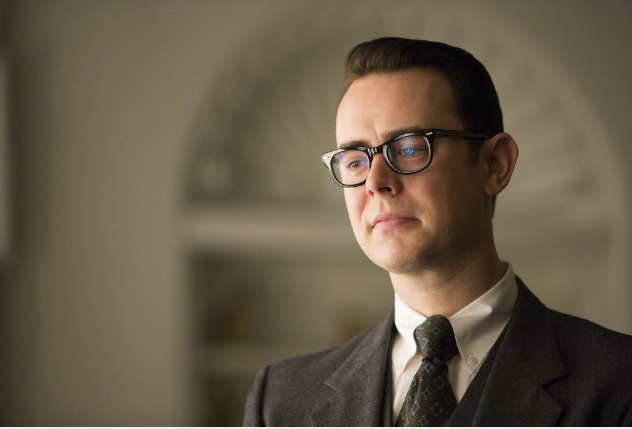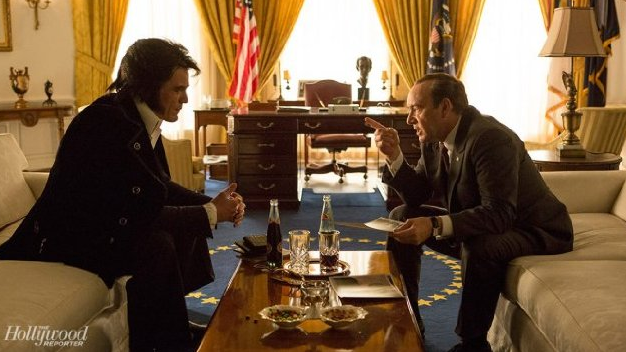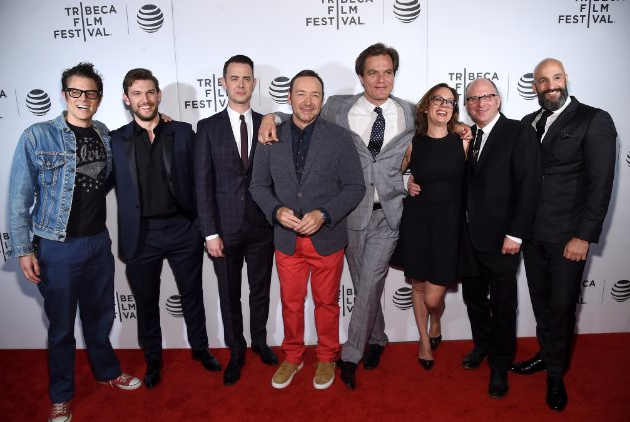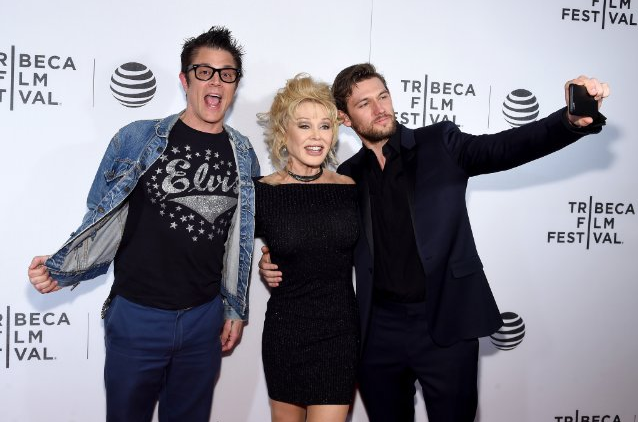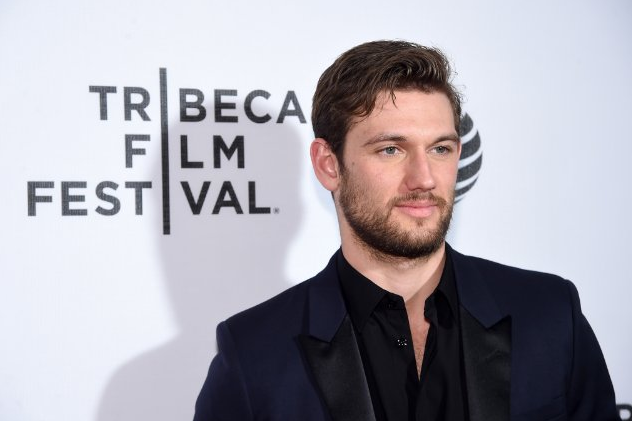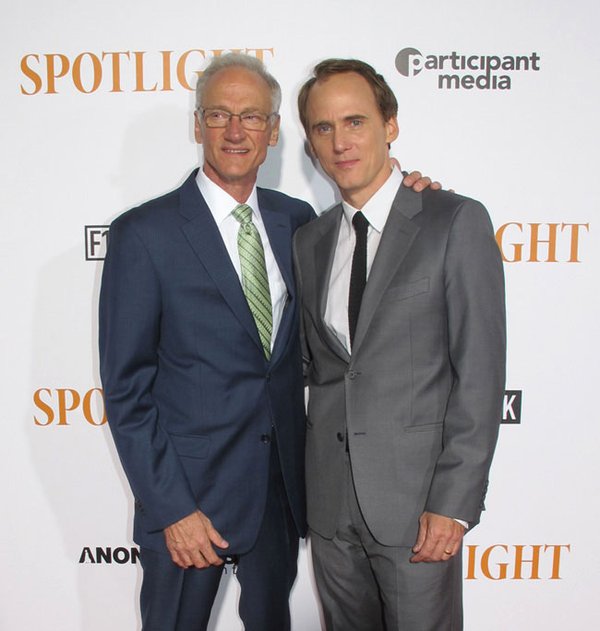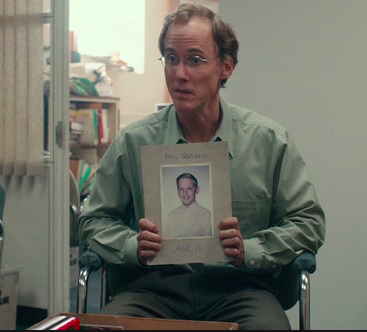Ava Duvernay, Shonda Rhimes, Courtney Kemp-Abogh, Gina Prince-Bythewood to Stephanie Allain and Oprah Winfrey; black women in Hollywood have shaped the industry with their amazing talents of filmmaking, storytelling and more, both in TV and films. A new name shall soon be added to that list, and that name is Salome Mulugeta.
This young talented lady is an American storyteller, filmmaker, director, writer, producer, actor, and journalist, a master-of-all-trades. She’s known for her film "WOVEN". which is a 2016 LA Film Festival World Premiere film. Her multitalented portfolio supports a very broad spectrum of film industry experience, internationally. And recently, Salome was awarded the Women’s Journey Foundation Achievement Award.
She’s our first “myNewYorkeye: Artist Of The Month”, for the month of September. She’s a New Yorker, currently based in midtown New York for several years. And before she heads off to LA, to collect her award this month, we had an opportunity to get some exclusive words from her:
Q. What's the most rewarding thing about being a filmmaker and storyteller?
A. I would say the most rewarding thing about being a filmmaker and a storyteller is that films are accessible and are a way to have some kind of voice or platform to say something and while doing that you are able to get the chance to entertain people first and foremost. And if out of that one single person gets touched by your work that is rewarding and also very humbling at the same time!
Q. And what's your message to aspiring storytellers?
A. I would tell an aspiring storytellers to not give up no matter how hard the road gets a head. At times it might feel like you are on a battleground.....but keep on moving and do not give up...before you know it you will be in production.
Q. What role has New York City played in your project and professional life as a actor, writer and filmmaker?
A. NYC played a huge part on the film. We did our first fundraising in NYC. A lot of the NYC neighborhood communities were very sportive....especially LES, (the lower east side neighborhood, the southeastern part of the New York City borough of Manhattan) played a great part in the fundraising we held. We also shot the film in NYC which is a great backdrop to have aesthetically.
Q. So what's your least favorite thing about NYC?
A. I would say that the least favorite thing about NYC is that space is very limited in every sense of the word.
Q. And what's your most favorite and least favorite thing about NYC?
A. Wow...........my most favorite thing about NYC?..........too hard to pin down one thing, but my favorite thing I would say is the diversity of its people. People come from all over the world to live in NYC. The culture, the vibrancy, the theaters and the food. NYC is where it's perfectly okay to get up around five-ish in the morning because you're jet-lagged or working through the night, go out and find somewhere to have an early breakfast while your friends are sleeping. I love Central Park, Radio city, Christmas spectacular and the fact that it is a pedestrian town is amazing.
Many congratulations to this very talented storyteller and master-of-all-trades. We shall catch-up with her with a full interview, after her return from the award ceremony. We will find out what other excitement is going on with her (and we can tell you that, there’s a lot more excitement to come wink-wink!). You should also keep an eye for her movie WOVEN. We shall update here, of any screenings and events etc. And we shall also put a review of the film here soon. You can keep yourself updated on the film here:
https://www.facebook.com/WovenFilm
https://twitter.com/WovenMovie
Congratulations again to Salome Mulugeta, “myNewYorkeye: Artist of the Month”!
-------
More about Salome Mulugeta:
Salome was born in Addis Ababa, Ethiopia. At an early age, she left Ethiopia to attend a boarding school for girls in Bedford, England, where she won many prestigious acting competitions – including receiving Outstanding Performer of the Year. She was hailed as a “forceful talent.”
As an undergraduate at Mid-America Nazarene University in Olathe, Kansas, she studied Broadcasting Communication and Journalism, and graduated with honors. Post baccalaureate, Salome was an intern reporter at the local TV station, a temporary position that became permanent very quickly.
Salome moved to Los Angeles, California, to pursue her film industry dreams, where she co-wrote her first screenplay "Woven". “Woven”, a narrative feature film, was completed in 2016, and has followers and support from fans around the world.
Salome is busy directing and producing commercials, and several independent short stories. Her Ethiopian Airlines commercial (for the Number 1 airline in Africa) went viral after its release. She contributes content for the US-based Africa Channel. The Africa Channel showcases outstanding travel, lifestyle, and cultural series, specials, bios and documentaries about the modern lives of people of African descent, and developing nations, with western culture. She has produced and directed shows for "The African Restaurant Week”, “Muziki Ni”, and currently directs and hosts a debut show called, “A Day in the Life of”. Current productions with Coke Studios, Coca Cola, extends her multifaceted media and production experience, professionally and internationally, and includes a Coca Cola, Africa, Commercial.
Her travels have provided the opportunities to learn how extraordinary and inspiring the human experience is, through the stories of real people. Whether the stories are serious, funny, live, action, animation, scripted or documentary, she enjoys the challenge, loves what she does, and the intricate connectivity of human beings. This makes working with her as exceptional as the quality of the results.
Salome received a coveted role in the acclaimed film, “Baby of the Family”; a film based on the New York Times bestseller book "Baby of the Family." The film was directed by the award winning Jonee’ Ansa. Other film roles include “He’s Way More Famous Than You”. Salome also serves as an online reporter for an online TV magazine.
WEBSITE: http://www.limaproduction.com/


